1.CO.1 (1976):
2. CO.2 (1986):
Other Variety
PLR 1, PLR 2 and Baby.
Soil –
Sandy loam rich in organic matter with good drainage and a pH range of 6.5-7.5.
Climate –
1.5 kg/ha.

Nursery raising
1.Fruit flies: Bactrocera cucurbitae
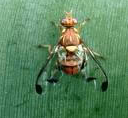
Symptoms of damage:
|
Management:
2.Pumpkin beetles: Aulacophora foveicollis
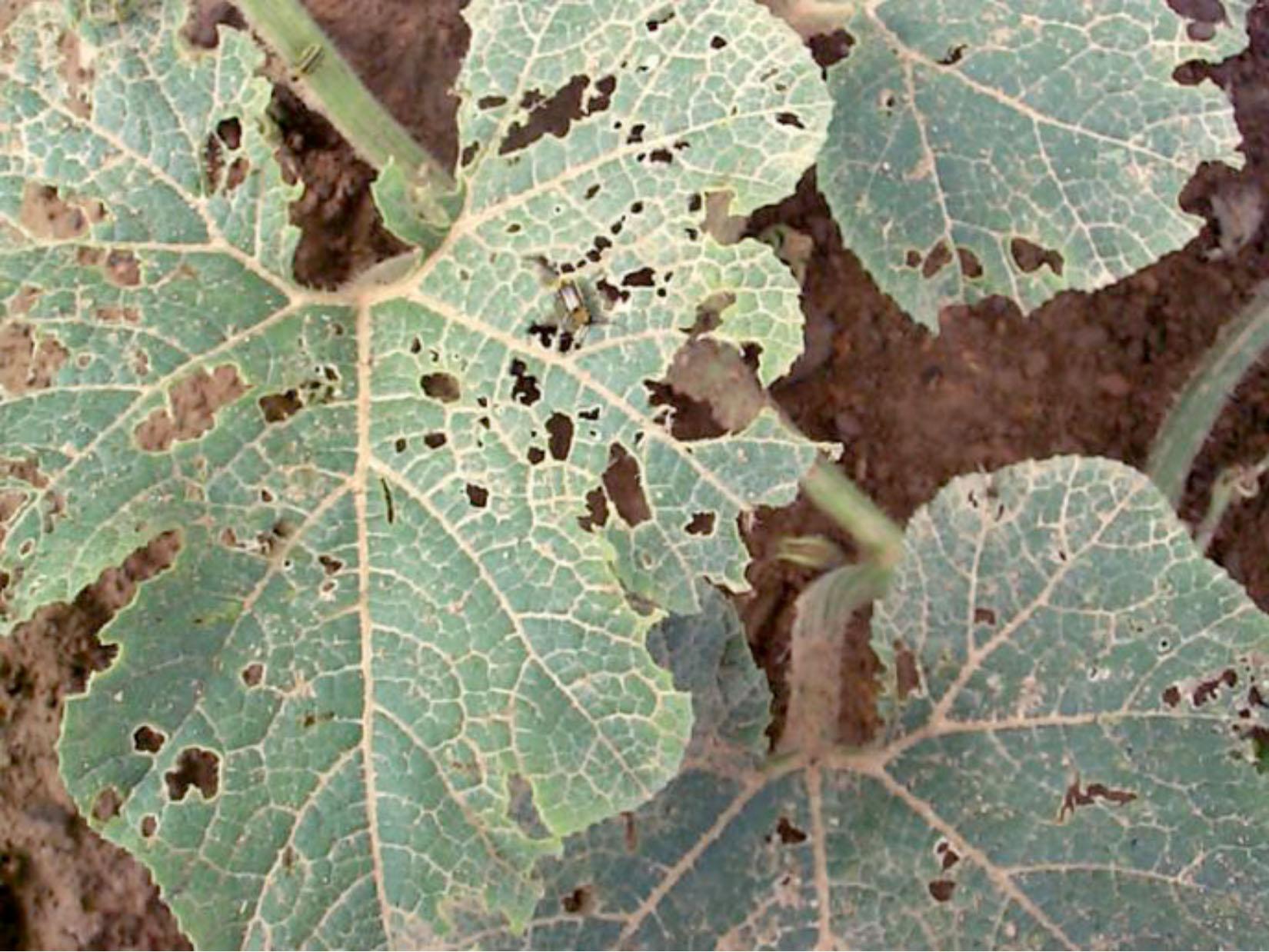

Symptoms of damage:
Management:
3.Stem borer : Melittia eurytion
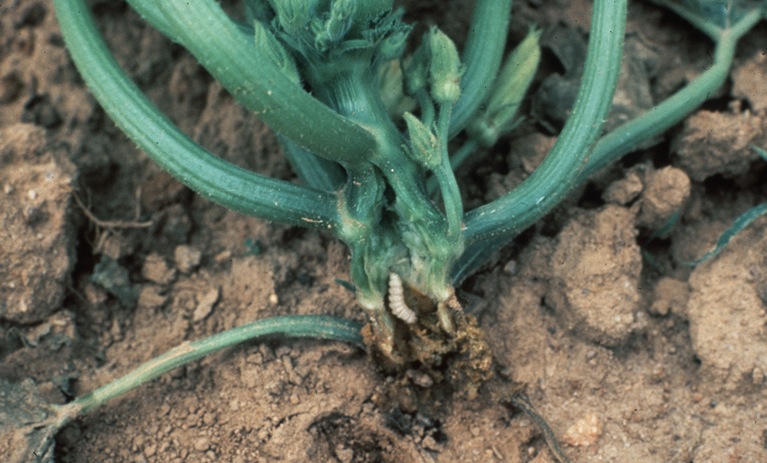
Symptoms of damage:
Management:
4.Stem gall fly: Neolasioptera falcata

Symptoms of damage:
Management:
5.Snake gourd semilooper: Plusia peponis
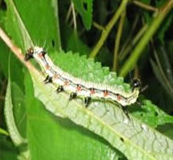
Symptoms of damage:
Management:
6.Pumpkin caterpillar: Diaphania indica
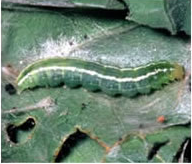
Symptoms of damage:
Management:
7.Bottle gourd plume moth: Sphenarches caffer

Symptoms of damage:
Management:
|
8.Leaf miner: Liriomyza trifolii
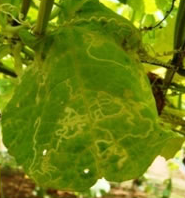
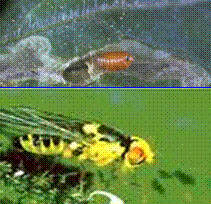
Symptoms of damage:
Management:
|
1.Nitrogen

Deficiency Symptoms
Correction Measure
2.Potassium
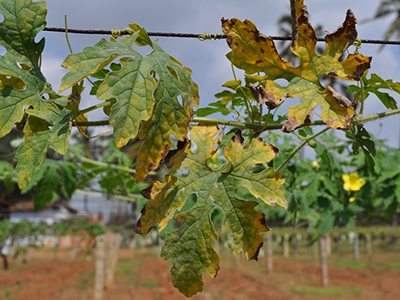
Deficiency Symptoms
Correction Measure
3.Magnesium
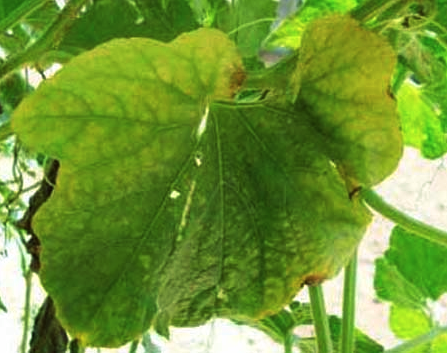
Deficiency Symptoms
Correction Measure
4.Manganese
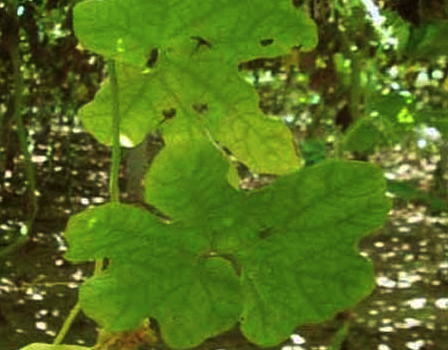
Deficiency Symptoms
Correction Measure
Symptoms
Management
2.Powdery mildew: Erysiphe cichoracearum

Symptoms
Management
3.Mosaic: PRSV/CMV
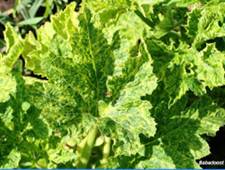

Symptoms:
Management
Variety:18 t/ha in 135 – 145 days.
Hybrid: 65-70 t/ha in 135 – 175 days
Crop Growing districts Cuddalore, Coimbatore, Dindigul
Major markets in Tamil Nadu Periyar Vegetable Market, Koyambedu,Chennai Gandhi Market, Oddanchathiram Natchipalayam vegetable market, Coimbatore
